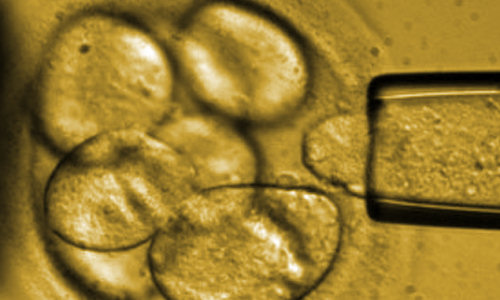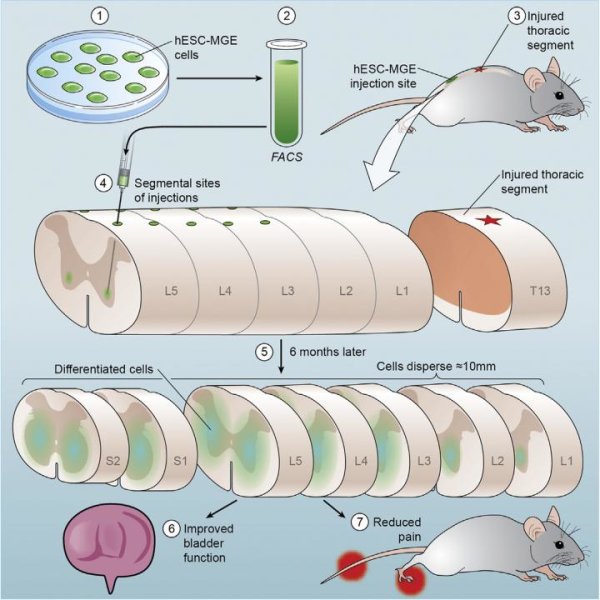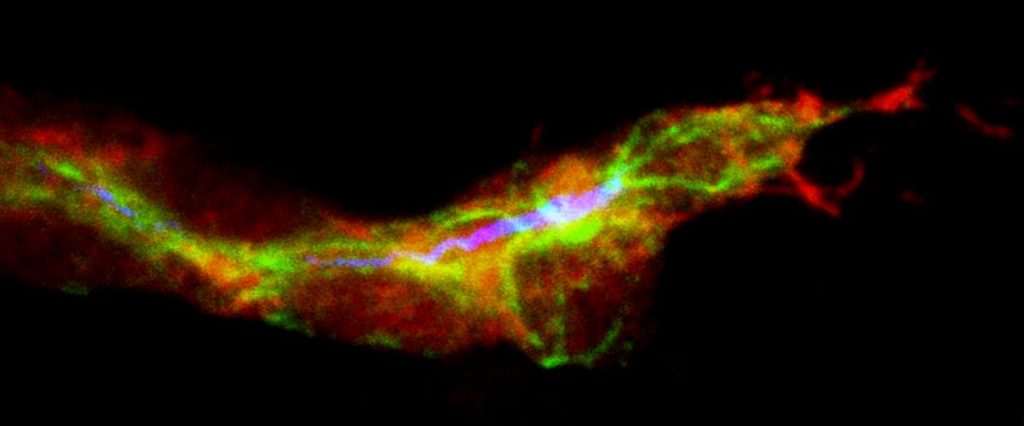A team of researchers working at the University of Colorado has found that human stem cells appear to remember the physical nature of the structure they were grown on, after being moved to a different substrate. In their paper published in the journal Nature Materials, the researchers describe how they grew human stem cells on different substrates. In so doing, they discovered that the stem cells continued to express certain proteins related to a substrate even after its hardness was changed.
Scientists have known for some time that stem cells respond to their environment as they grow—those grown on hard material, such as glass or metal for example, are more amenable to growing into bone cells. In this new effort, the researchers sought to discover if changes to a stem cell brought about by environment are retained if the stem cell is moved to a different environment.
To find out, the researchers used mesenchymal cells which are known to be able to grow into almost any human body part. They placed the stem cells on a stiff substrate then moved them to one less stiff over differing numbers of days. In so doing, they found that the longer the cells were left on the stiff substrate the more a protein connected to bone growth (RUNX2) was expressed. Conversely, cells that were first placed on a soft surface and subsequently moved to a hard surface demonstrated a tendency to develop either bone or adipogenic tendencies.
In another experiment, the researchers applied the stem cells to a substrate coated with a phototunable hydrogel—it grows softer when exposed to light—using it allowed for changing the stiffness of the substrate without having to move the cells. Using this approach the team found that if the cells were allowed to grow on the gel in its stiff state, for just one day, switching to a soft state caused the expression of RUNX2 to cease immediately. When they allowed the cells to grow for ten days on the stiff base, however, before switching to a soft one, expression of RUNX2 continued for another ten days before finally ceasing. This shows, the researchers contend, that stem cells have a memory component that is not yet understood.
The researchers note that their findings could be applied to other stem cell research areas such as cases where unintentional consequences may be arising in experiments due to the stiffness of the substrate in which they are being grown. It also raises the question of whether other environmental factors might be impacting cell growth and if so, if they have a memory component as well.
Story Source:
The above story is based on materials provided by Phys.





